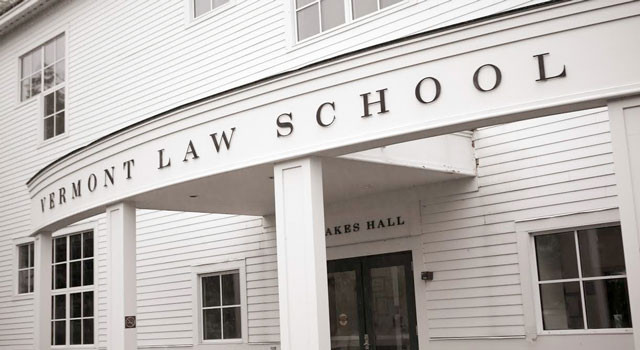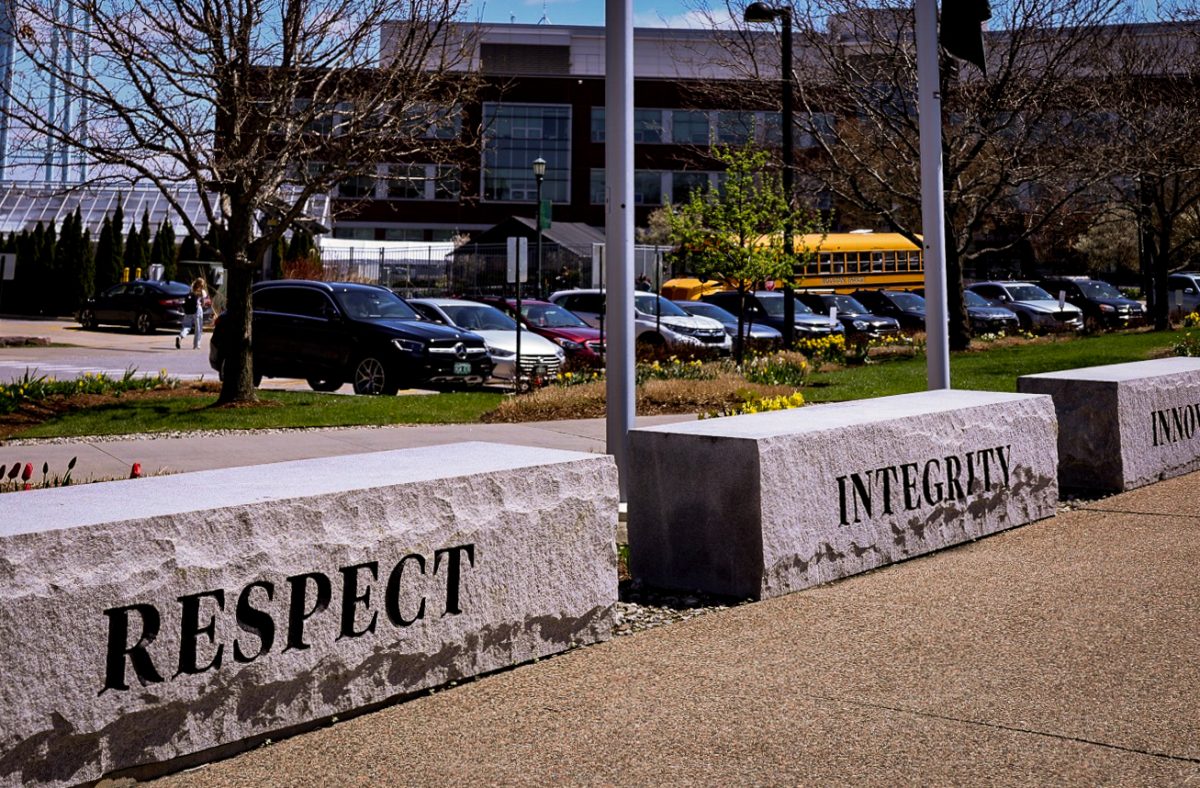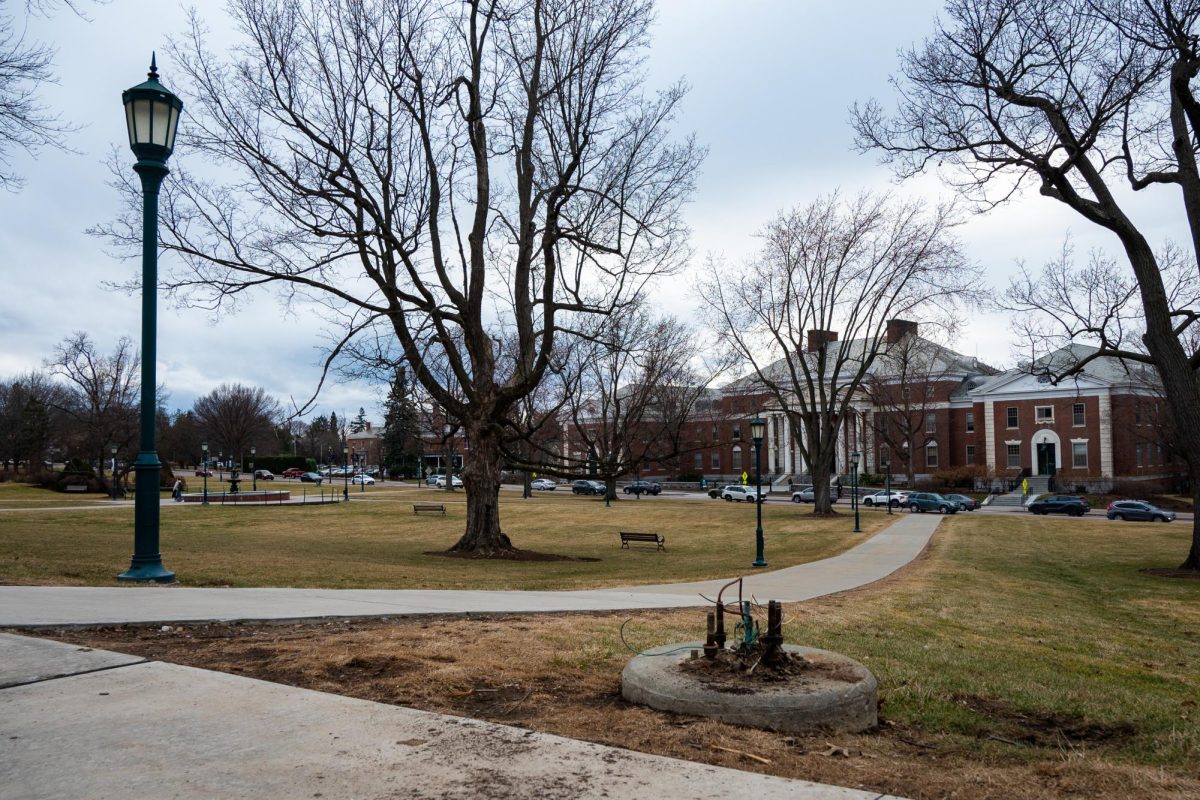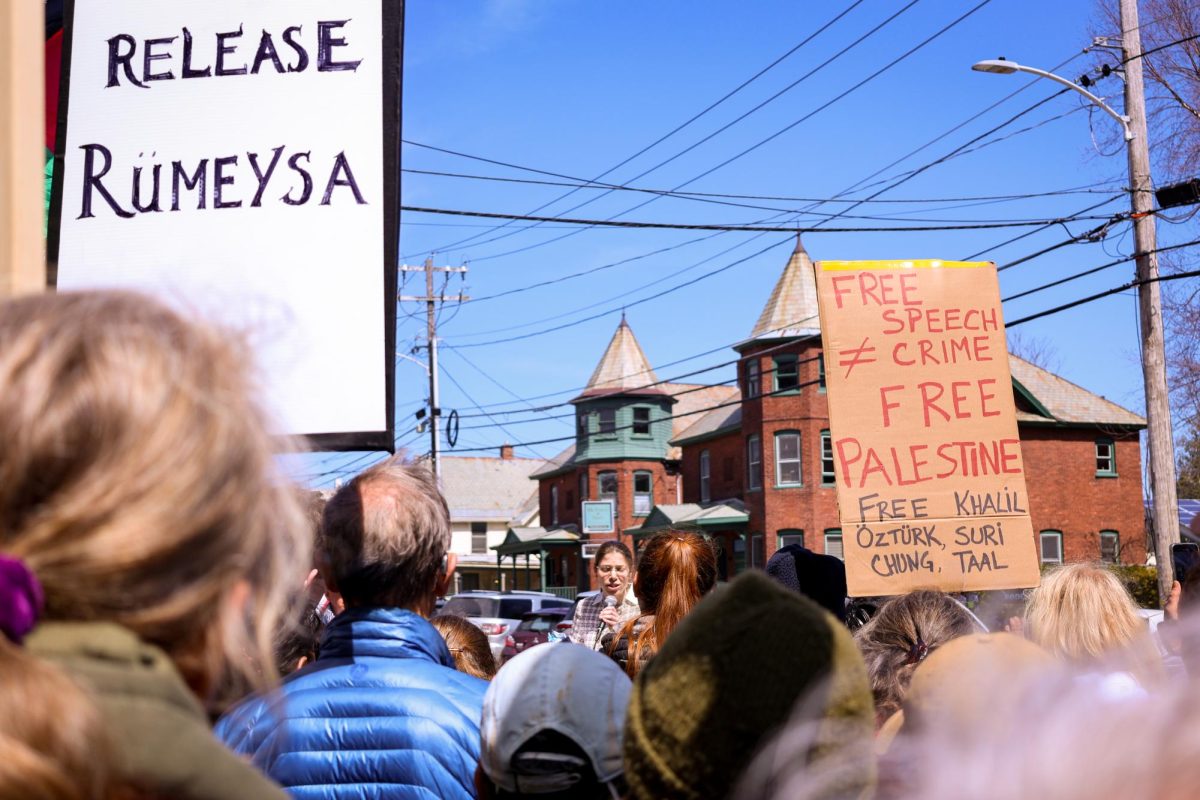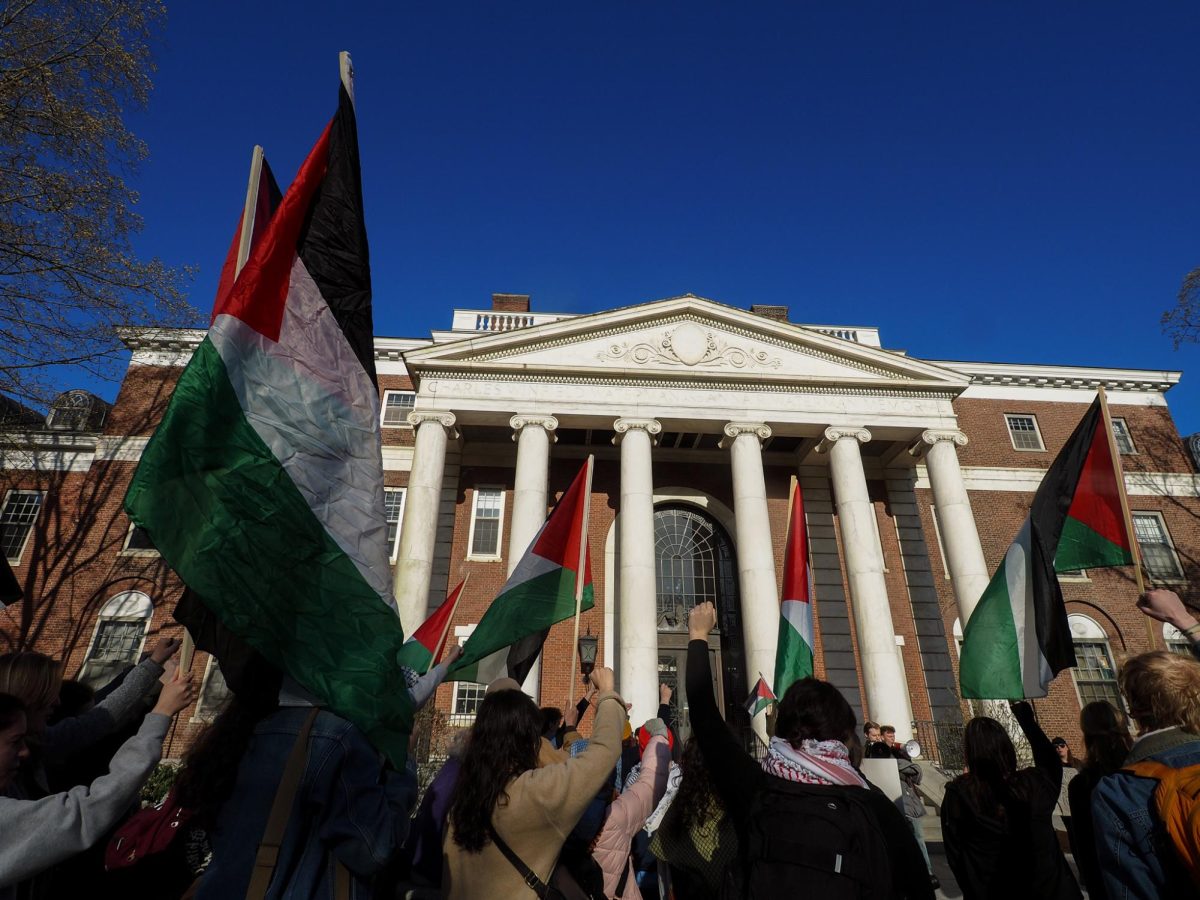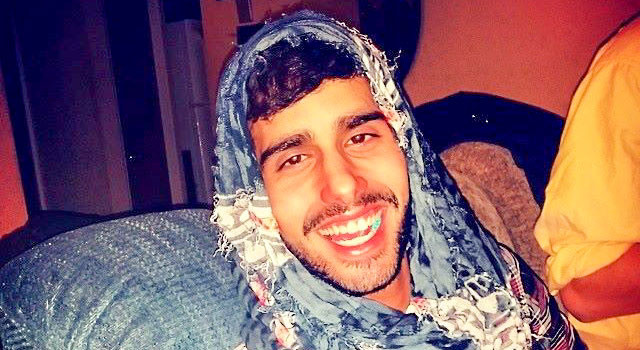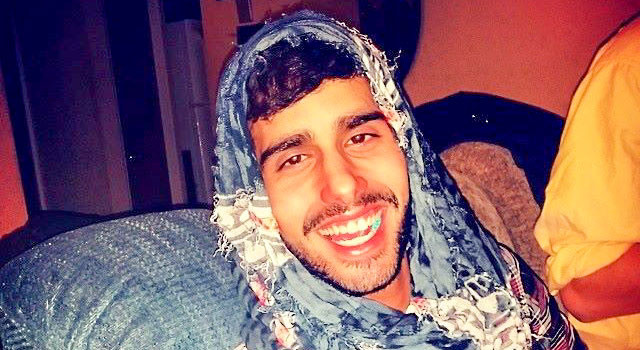A house representative resigned from the UVM board of trustees March 2014 due to a “conflict of interest” with Vermont Law School work group.
A Vermont Law School work group was created within the board of trustees in January 2014 but was dissolved in June 2014 because they had “concluded their work,” said Corrine Thompson, trustee coordinator at UVM.
Sarah Buxton, house representative for Turnbridge and Royalton, Vermont, was a UVM board of trustees member until March 2014, when she resigned after serving only one year of her six-year term.
“When the prospect of a conversation about the merger began to occur, by the formation of a work group, I thought a lot about how my role as a representative and the sole representative of the district might come into conflict with my fiduciary duty to the University,” Buxton said.
Thompson does not remember the reason why Buxton resigned.
“I think she just decided it was not good timing for her,” Thompson said.
Buxton did not feel comfortable with the conflict between her two roles, she said.
“When it became clear that there were conversations about not just how UVM and [Vermont Law School] would work more together, but about some potential acquisition and merger conversations, I contemplated my role as a legislator,” Buxton said.
If a merger did occur, Buxton said she worries about the transfer of property between the two institutions, she said.
“Moving a private institution into a public realm might require some assistance in transitional financial release. The terms in a contract or agreement might also include — they might, might not, but they might need money from the state.”
The main concern for moving Vermont Law School to Burlington, should UVM actually acquire the institution, is that the town of Royalton, Vermont would suffer, she said.
“That’s part of why I realized I would be fighting two different battles,” Buxton said.
One new program developed this year due to the partnership between UVM and Vermont Law School is the “Sustainable Entrepreneurship MBA,” according to the program website. In this program, when a UVM student is admitted, they are guaranteed entrance to the juris doctor program, master of law program or master’s degree program, according to the website.
Another program is the “3-2 program” that allows UVM students to study for three years at UVM and then two years at Vermont Law School and graduate with both a law degree and bachelor’s degree, according to the program website.
Buxton was confused as to why she wasn’t originally included in the Vermont Law School workgroup.
“It was somewhat surprising to me, given that I was a UVM alum and a [Vermont Law School] alum,” Buxton said.
“Trustee work groups are established when there’s an issue that the administration wants to seek expertise from one, two, three, four trustees on a consultation basis,” Thompson said. “So they were convened to look at what sort of collaborations might be possible between UVM and Vermont Law School.”
Thompson said Brian Reed, an associate provost of teaching and learning, has “oversight on the partnership.”
“The provost’s office handles the academic side of the partnership [between UVM and Vermont Law School],” Reed said.
Reed is not aware as to what the Vermont Law School work group discussed or what the board of trustee’s intentions were with this partnership, he said.
“[The 3-2 program] is what the work group talked about with the administration,” Thompson said.
A member of the Office of Institutional Advancement at Vermont Law School said that there was a project they were currently working on but would not explain what the project was. The Vermont Law School’s partnership with UVM allows them to increase opportunities for their students, said Maryellen Apelquist, director of communications at Vermont Law School.
Deborah McAneney, board of trustees member and former chair of the Vermont Law School work group, was unavailable for comment.


